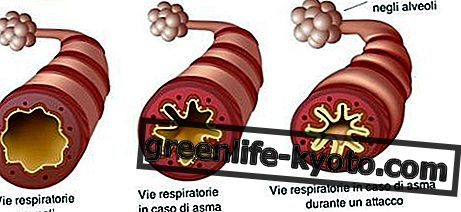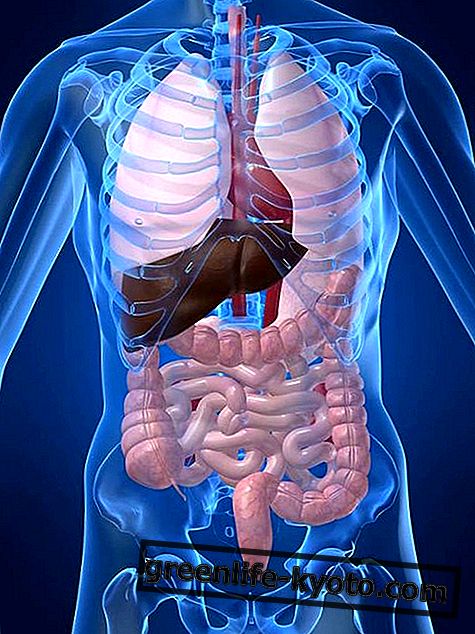
According to holistic podalic reflexology, the nerves are reflected on the foot mirroring how they are positioned on the body.
The path segment, in reflexology, is therefore in the medial part of the foot, in the last reflex section of the back .
The epicenter is located in the inner part of the malleolus, halfway between the apex of the malleolus and the posterior angle of the calcaneus .
As with any other reflex zone, the areas give indications on the strictly physical and therefore "mechanical" aspect of this area, while the epicenters indicate the thinnest dimension linked to the functions that this portion of our body covers.
The sciatic nerve, being so long and going to cover the whole lower limb, can be connected to problems concerning other sections: when the pain is more concentrated towards the coccyx it is of this area that speaks to us, while as it descends it will concern aspects specific of motility and posture, functions more closely related to the lower limbs.
Reflexology treatment for sciatic nerve pains
Every reflexological treatment first investigates the origin of pain . In the case of sciatica, the balance and state of health of the back is therefore explored, both from the muscular and bone point of view, and from the sacrum, an area from which the sciatic nerve radiates.
After an initial general analysis of the state of the foot, competitive and contributing links can then be drawn: often back problems are due to muscular problems or imbalance of the internal organs near the areas affected by pain.
So for sciatica we proceed by macro areas going more and more specifically.
The reflexology treatment in case of sciatica allows to investigate the causes and draw up a rehabilitation program that takes into consideration the connection of the particular with the whole.
The direct treatment of the area and of the epicenters can stimulate a painful response or not, but the consequence, when it is well performed by expert operators, could lead to a first aggravation with a quick recovery from pain.
In addition to the direct reflex zone of sciatica, it is also useful to treat the areas and epicentres corresponding to the areas of greatest pain: for example, if the pain affects the coccyx the most and the buttocks will treat the affected areas, while if the pain is further downstream, towards that is, the leg, it will treat the reflex part of the thigh, hollow poplite, knee and calf.
The sciatic nerve in plantar reflexology
The sciatic nerve is the longest, and therefore most voluminous, nerve of the whole body. It starts from the sacrum to cover the whole length of the leg, in posterior position, along the thigh, the popliteal fossa, the calf and branching in the plantar branches.
What you normally call "sciatica", and which is recognized by the presence of painful symptoms that radiate from the buttock to the whole leg, is a manifestation of problems upstream, that is to say of the sacral vertebrae or of the back.
The main causes of sciatica can be, in fact, problems of compression or trauma to the discs between the vertebrae of the back that compress one or more nerves that radiate from the affected area.













